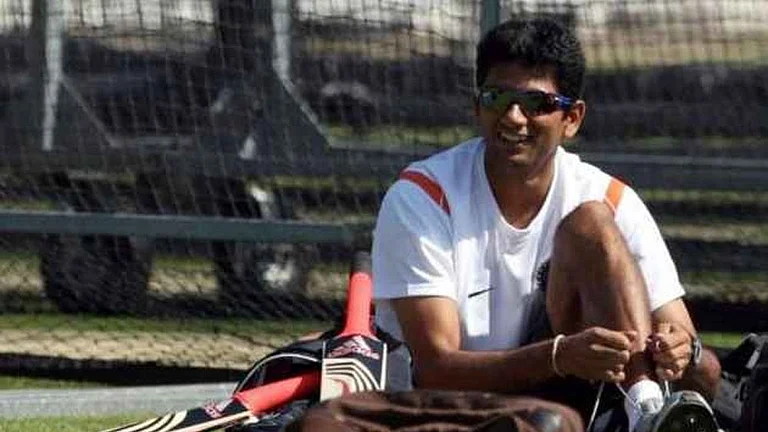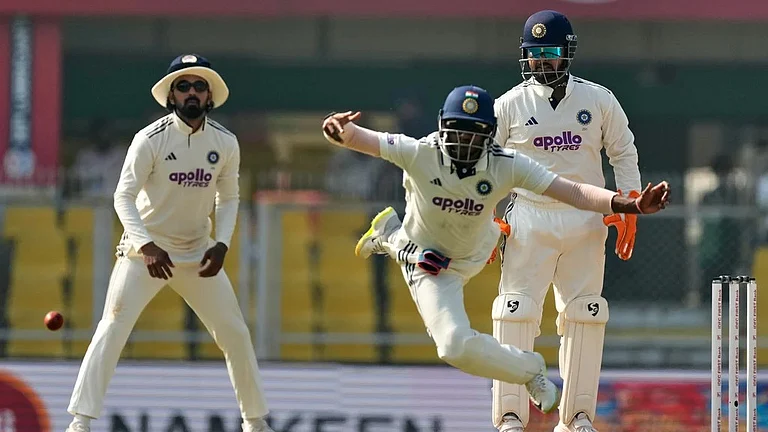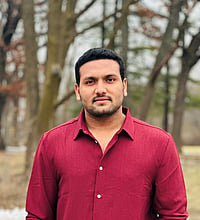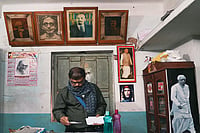As augmented reality (AR) technology continues to evolve from experimental prototypes to commercial products, one often-overlooked domain quietly ensures these systems function safely, reliably, and at scale: system-level firmware verification. While most attention goes to sleek industrial design or impressive visual output, the foundational layer that governs device behavior—the firmware—must be meticulously validated before any AR wearable can be trusted in the real world.
This is especially true as spatial computing platforms grow more complex, integrating heterogeneous sensor arrays, real-time data processing, and wireless communication within ultra-low power envelopes. A single firmware failure—whether in sensor synchronization, update delivery, or low-level data transmission—can render an entire device unusable or, worse, unsafe.
To understand how this critical work is done, we turned to Prasad Boraskar, a senior embedded systems and firmware engineer with over 17 years of experience at Meta, Apple, Netgear, and Sierra Wireless. Boraskar has helped shape some of the world’s most advanced AR and smart home technologies by leading system-level verification and tool development initiatives. He currently leads system firmware design verification at Meta for its AR wearable devices.
“AR platforms demand a new level of precision,” Boraskar explains. “When you’re aligning multiple sensors—IMUs, depth cameras, visual SLAM modules—on a moving device, even a few milliseconds of timing drift can break user immersion or corrupt the system’s understanding of its environment.”
To address these challenges, Boraskar pioneered Meta’s Sensor Synchronization Fixture, a custom hardware platform that simulates real-world sensor inputs under tightly controlled conditions. This tool allows engineers to measure synchronization accuracy between devices and validate their behavior before deployment. Combined with the Streaming Data Analyzer, which Boraskar also created, the fixture has reduced verification timelines by two to three months and eliminated over 40% of the manual testing burden for firmware teams.
“These tools didn’t just improve workflow,” he notes. “They enabled entire categories of testing that weren’t practical before. That directly contributed to safer, more stable AR systems.”
Before joining Meta, Boraskar also left a significant mark at Apple, where he designed and automated a firmware update pipeline from host machines to embedded SoCs, enabling secure and deterministic firmware updates across millions of consumer devices. “Reliability in updates is not a luxury—it’s a necessity, especially when it comes to devices that can’t afford bricking or security gaps,” he says.
Boraskar’s perspective highlights the often-unseen but indispensable work behind today’s most advanced electronics. As companies race to bring AR hardware to market, the engineers ensuring these systems meet their specifications and function safely at scale are the unsung heroes of the industry.
“Verification isn’t just about catching bugs,” Boraskar concludes. “It’s about ensuring the hardware behaves the way the user expects, every single time, no matter the conditions.”
With growing demand for AR applications in healthcare, education, industrial training, and entertainment, the role of firmware verification is more crucial than ever. Engineers like Prasad Boraskar remind us that real innovation doesn’t just look good—it works flawlessly.
About
With over 17 years of experience across global technology leaders like Meta, Apple, Netgear, and Sierra Wireless, Prasad Boraskar has built a distinguished career at the intersection of embedded systems, firmware engineering, and large-scale product reliability. Currently serving as a Senior Embedded Systems and Firmware Engineer at Meta, he leads system-level verification for AR wearable devices—ensuring that next-generation augmented reality platforms deliver seamless, safe, and precise user experiences.
Boraskar’s expertise lies in developing verification tools and automated frameworks that accelerate product validation and eliminate system-level risks before deployment. At Meta, he pioneered the Sensor Synchronization Fixture and Streaming Data Analyzer, two breakthrough tools that replicate real-world sensor environments and optimize firmware testing. These innovations have reduced verification timelines by months while improving synchronization accuracy across AR sensors—vital for maintaining immersion and spatial consistency.
Earlier in his career at Apple, Boraskar designed and automated a secure firmware update pipeline for embedded SoCs, enabling deterministic, large-scale firmware rollouts across millions of devices. His work continues to define best practices for firmware reliability, update security, and hardware-software integration in connected systems.
Driven by precision, safety, and innovation, Prasad Boraskar exemplifies the engineering rigor behind the world’s most advanced AR and IoT technologies—transforming complex systems into dependable experiences that users can trust.


























